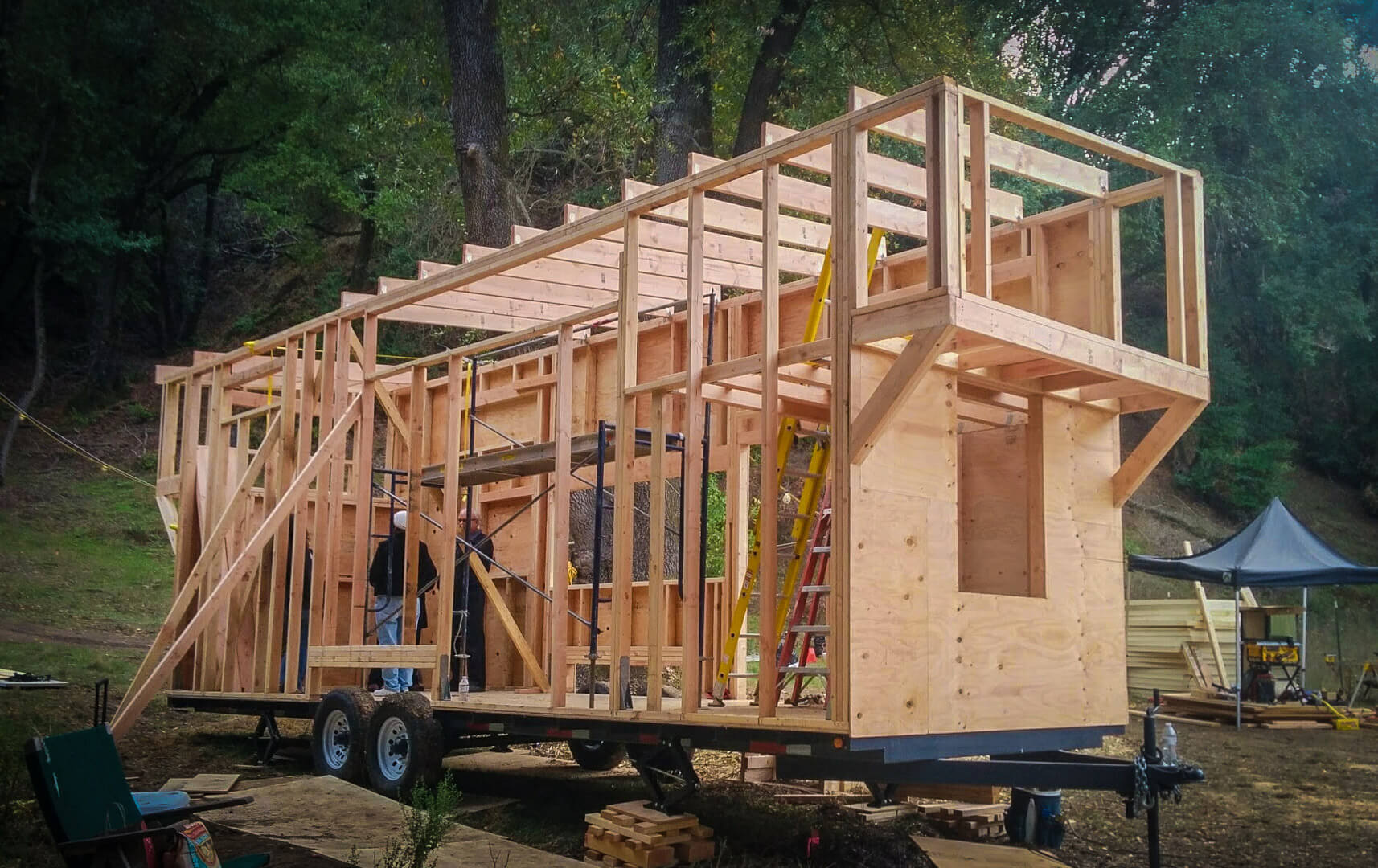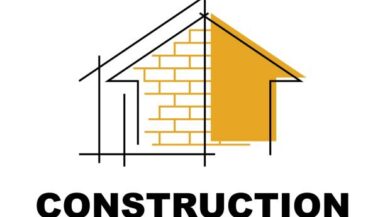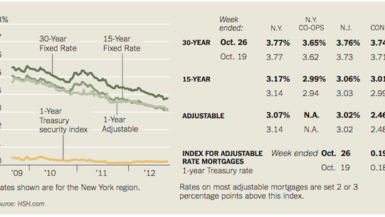Introduction
In recent years, the concept of tiny houses has gained popularity as an affordable, sustainable, and minimalist housing option. These compact dwellings offer a simpler lifestyle, reduced carbon footprint, and financial freedom. If you’re intrigued by the idea of building your very own tiny house, this comprehensive guide will walk you through the process, from designing and planning to construction and completion. Let’s get started!
1. Understanding the Tiny House Movement
1.1 What is a Tiny House?
A tiny house is a small, fully functional dwelling typically ranging from 100 to 400 square feet. It emphasizes efficient use of space and promotes a clutter-free lifestyle.
1.2 Benefits of Living in a Tiny House
- Financial Freedom: Tiny houses cost significantly less than traditional homes, making homeownership more attainable.
- Eco-Friendly: Their reduced size translates to a smaller environmental impact, requiring fewer resources to build and maintain.
- Mobility: Many tiny houses are built on wheels, providing the flexibility to move and explore new places easily.
2. Designing Your Tiny House
2.1 Setting Your Goals and Needs
Before you start planning, determine your priorities and needs. Consider the number of occupants, required amenities, and desired layout.
2.2 Creating a Floor Plan
Design a functional floor plan that optimizes every inch of available space. Include multipurpose furniture and storage solutions.
2.3 Selecting Suitable Materials
Choose eco-friendly and durable materials to construct your tiny house. Research and compare options to make informed decisions.
3. Legal and Zoning Considerations
3.1 Research Local Building Codes
Familiarize yourself with building codes and zoning regulations in your area. Some places have specific rules for tiny houses.
3.2 Obtaining Permits
Contact local authorities to obtain the necessary permits for construction. Compliance will prevent legal issues later on.
4. Building Your Tiny House
4.1 DIY vs. Professional Builders
Decide whether you’ll build the tiny house yourself or hire professional builders. Weigh the pros and cons of each option.
4.2 Building on a Foundation vs. Wheels
Choose whether your tiny house will be built on a foundation or on wheels. Each option has its own advantages and challenges.
4.3 Assembling the Structure
Begin the construction process by assembling the framework, walls, and roof. Seek assistance if needed to ensure structural integrity.
4.4 Plumbing and Electrical Installation
Hire licensed professionals to handle the installation of plumbing and electrical systems. Safety is paramount in these areas.
4.5 Interior Finishes
Add personality to your tiny house by selecting interior finishes, such as paint, flooring, and fixtures.
5. Off-Grid Options
5.1 Solar Power
Consider using solar panels to generate electricity, reducing your reliance on the grid and lowering energy costs.
5.2 Composting Toilets
Composting toilets are eco-friendly alternatives to traditional flush toilets, making them suitable for off-grid living.
Conclusion
Building a tiny house is a rewarding journey that allows you to embrace a simpler lifestyle while contributing positively to the environment. The process may have its challenges, but with careful planning and dedication, you can create a cozy and sustainable home of your dreams.





Leave a reply